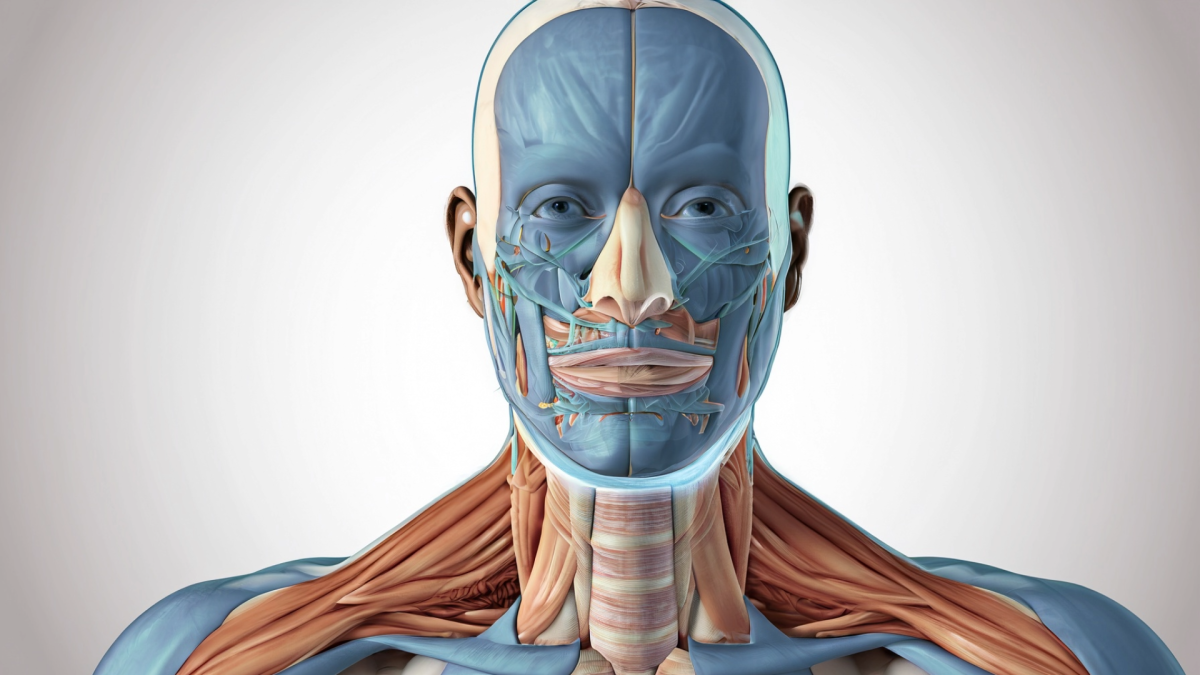
Habitats and Animal Adaptations: Lesson 1 of 4
by Linda Slade
In this lesson, students will research a variety of habitats. They will then use their research to document what they learned using technology. This information will be used in future lessons to build a model of a habitat and design an animal that will fit into the habitat.
This is the 1st lesson in a series of 4. Links to lessons and resources are included.
Lesson Grade Level
3rd GradeLesson Plan Link/URL
https://docs.google.com/presentation/d/189JU_SXAQN_m1v3oD0FrY454vgqfnHVH/edit?u…Related Content

Grades:
Kindergarten, 1st Grade, 2nd Grade
This lesson is designed for K-2 students to explore and understand weather patterns using technology. Over the course of 45 minutes, students will use tablets or computers to gather real-time weather

Grades:
7th Grade
Human cells function best within a specific temperature range. Recent scientific data has shown that extreme high temperatures can have detrimental effects on our cells. In fact, repeated exposure to

Grades:
3rd Grade
In this engaging 1.5-hour lesson, 3rd-grade students will combine Science, Technology, and English Language Arts (ELA) to create a virtual garden using Code.org. Students will learn the basics of